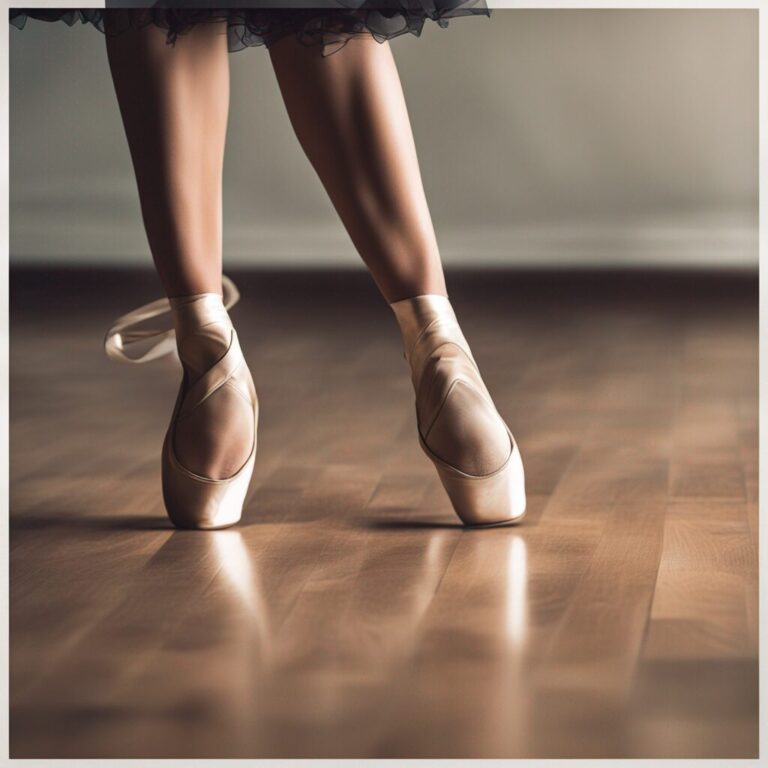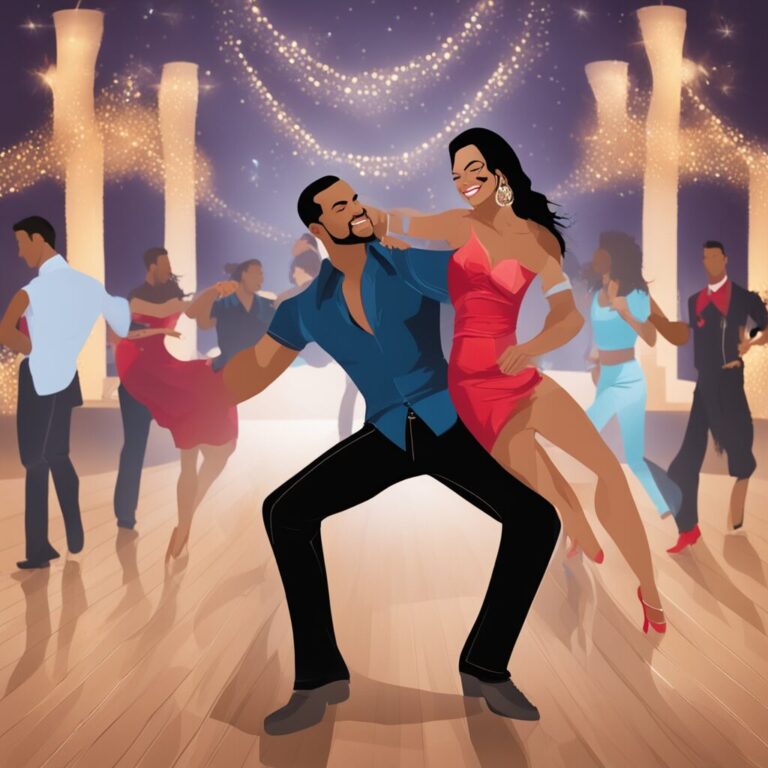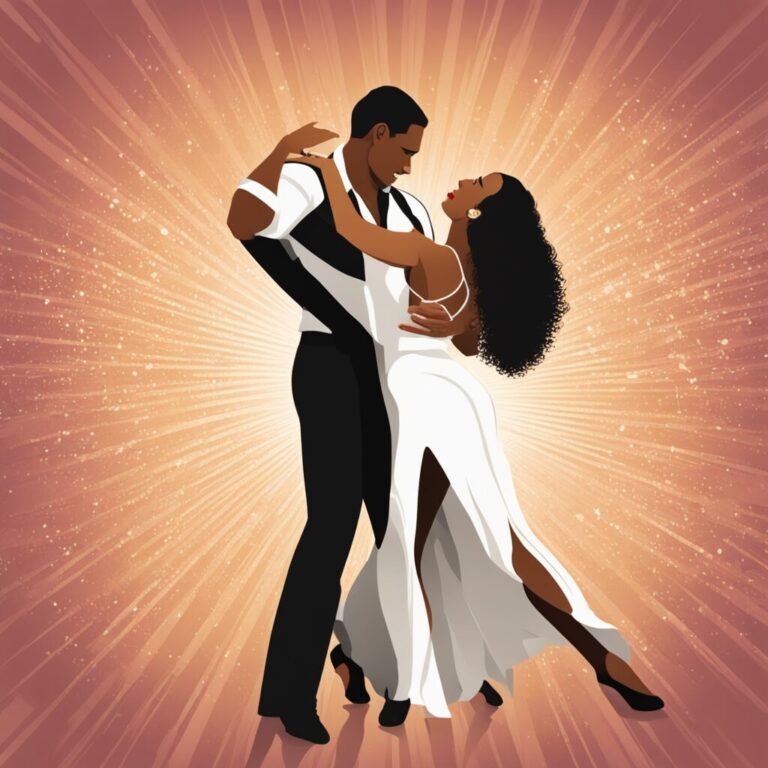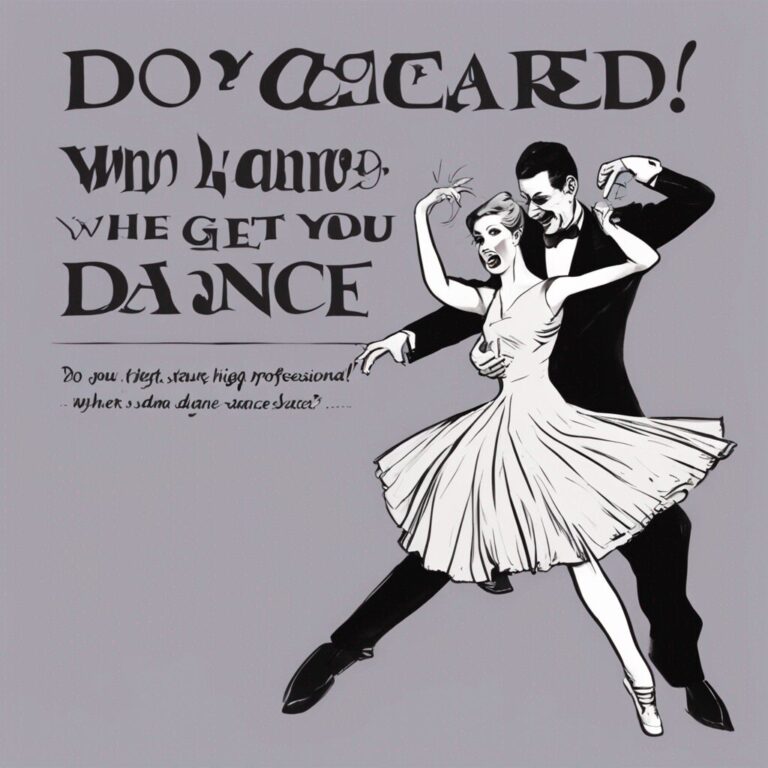Introduction
Bachata, a vibrant and soulful music genre, has captivated hearts worldwide with its unique rhythms and passionate dance. Emerging from the rustic landscapes of the Dominican Republic, Bachata has transcended its humble beginnings to become a global phenomenon. This article explores the rich history and evolution of Bachata, unraveling the mystery of its origins and the elements that make it a beloved cultural treasure.
Bachata’s Early Roots
Where did Bachata originate from? The genre’s journey began in the Dominican Republic, evolving from a blend of African rhythms, Spanish guitar music, and other Caribbean influences. Initially viewed as music of the rural poor, it was often dismissed by the upper classes. However, its poignant lyrics and captivating melodies resonated with many, making it a voice for the marginalized.
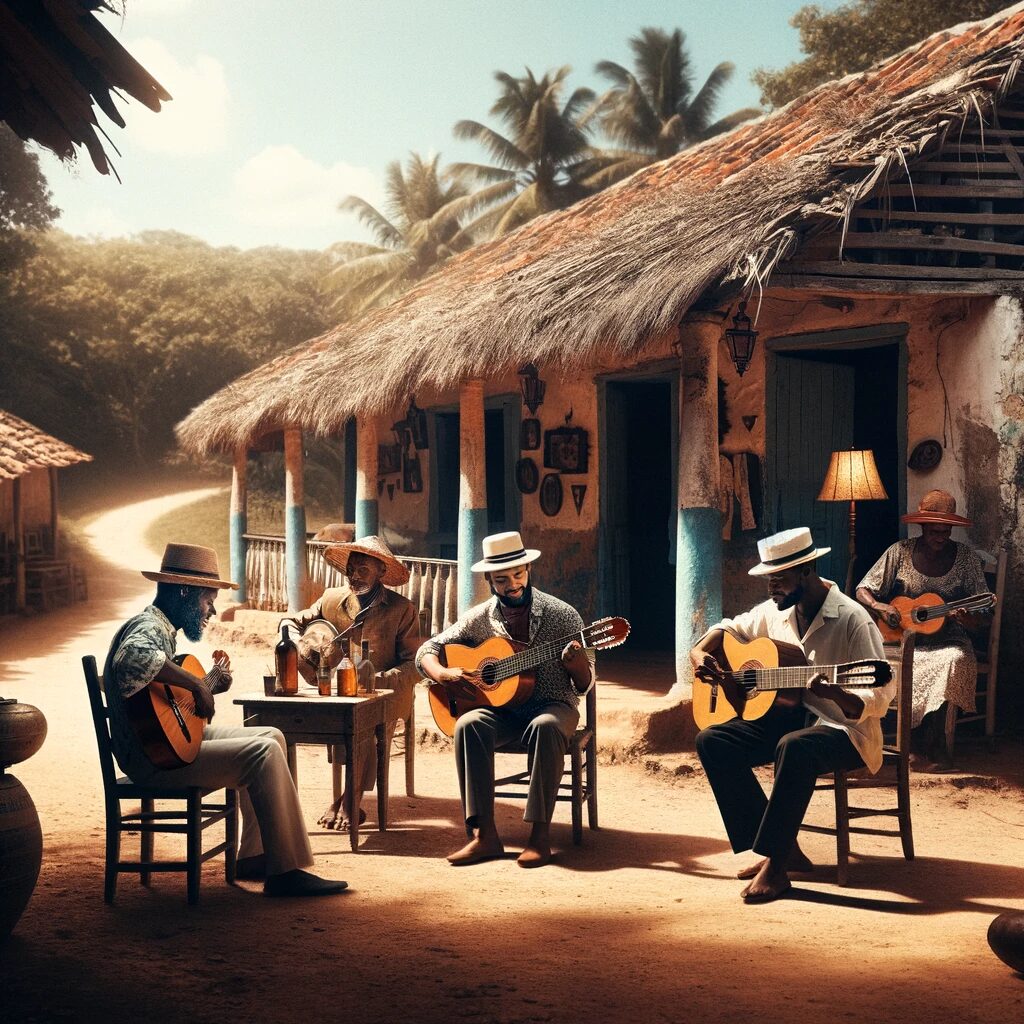
Evolution Over Time
Over the decades, Bachata’s style and perception underwent significant changes. It transformed from a genre associated with social stigma to a respected musical form. Notable milestones include the first recordings in the 1960s and its subsequent rise in popularity.
Where is Bachata From?
Geographically and culturally rooted in the Dominican Republic, Bachata was more than just music; it was an expression of life experiences, often reflecting themes of love, loss, and heartache.
The Music of Bachata
Bachata’s essence lies in its heartfelt melodies and rhythmic patterns. The music is characterized by the use of guitars, bongos, maracas, and the bass guitar. These instruments, together, create a distinctive sound that is both melancholic and enchanting.
Influential Bachata Artists
From the early pioneers like José Manuel Calderón to modern icons such as Romeo Santos, influential artists have shaped Bachata’s identity. These artists have played a pivotal role in popularizing the genre and introducing it to a global audience.
Where Did Bachata Originate From?
Historically, Bachata originated in the barrios and rural areas of the Dominican Republic. Over time, it transformed, mirroring the country’s social and cultural changes, evolving into a music style celebrated in various corners of the world.
Bachata Dance Styles
Bachata dance has evolved alongside the music. Traditional styles focused on close movements and subtle footwork, while modern styles incorporate elements from other dance forms, showcasing a more open and versatile approach.
Who Invented Bachata?
Identifying a single inventor of Bachata is challenging, as it was more of a collective creation. Early contributors, often unnamed, laid the foundation for what would become a significant genre in Latin music. However, José Manuel Calderón is frequently credited for recording the first Bachata song.
Bachata in Popular Culture
Bachata’s influence extends beyond music and dance, permeating films, TV shows, and music charts worldwide. Its emotive lyrics and rhythms have captured the imagination of global audiences, making it a staple in Latin music genres.
Who Created Bachata?
The creation of Bachata was a collaborative effort, involving numerous artists and musicians. Their collective creativity and innovation shaped the genre, infusing it with a unique blend of musical elements.
Where Was Bachata Originated?
Bachata was originated in the Dominican Republic, particularly in the rural and urban areas where its melodies echoed the everyday experiences of the locals.
Bachata’s Global Influence
Bachata’s influence has reached far beyond the Dominican Republic, with international festivals and dance events celebrating this captivating genre. It has become a symbol of Latin music’s global appeal.
Conclusion
In conclusion, Bachata’s journey from the rural heartlands of the Dominican Republic to international acclaim is a testament to its universal appeal. Its origins, deeply rooted in the experiences of the common people, have allowed it to grow into a genre that speaks to the heart. Bachata’s evolution, both musically and culturally, showcases its dynamic nature and enduring legacy, making it an integral part of the world’s musical heritage.
FAQs
- Where is Bachata from? Bachata originated in the Dominican Republic, blending African, Spanish, and Caribbean influences.
- Who invented Bachata? While there’s no single inventor, José Manuel Calderón is often credited with recording the first Bachata song.
- What are the key elements of Bachata music? The key elements include guitars, bongos, maracas, and heartfelt, often melancholic lyrics.
- How has Bachata dance evolved? Traditional Bachata dance focused on close movements and subtle footwork, while modern styles incorporate more diverse influences.
- Who are some influential Bachata artists? Early pioneers like José Manuel Calderón and modern artists like Romeo Santos have been influential.
- Where did Bachata originate from within the Dominican Republic? It originated from the rural and urban barrios, reflecting the life experiences of its inhabitants.
- What makes Bachata unique in the world of dance? Its intimate and emotive style, coupled with rhythmic footwork, makes it unique.
- How has Bachata impacted global music? Bachata has gained international recognition, influencing music and dance cultures worldwide.



